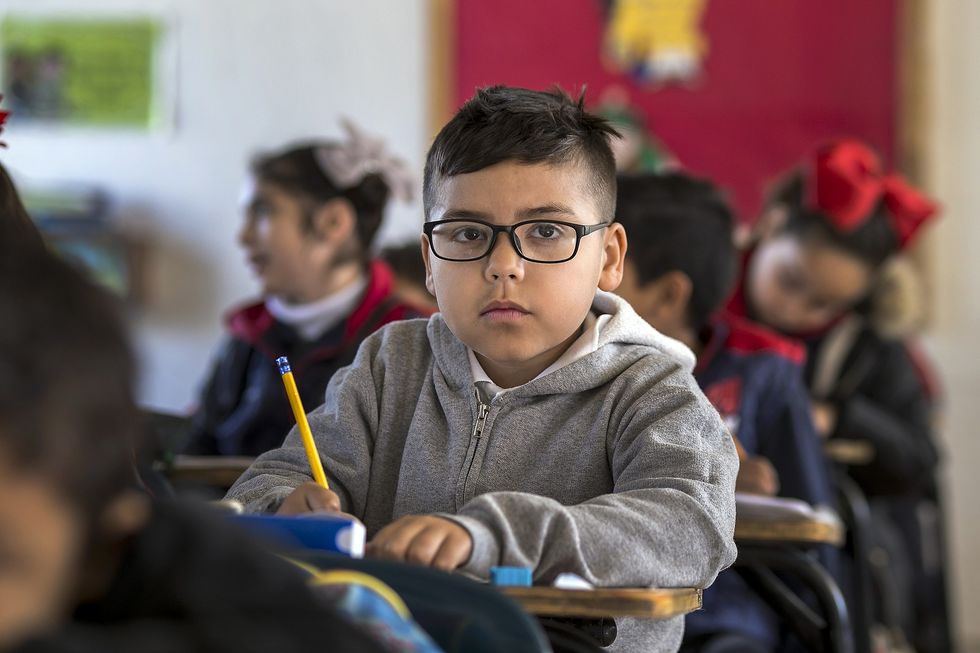If you’ve spoken to any inner city public school teacher ever, you’ll know our education system is failing. School buildings are literally falling apart, teachers are underpaid and students don’t have the resources and support they need to thrive.
It’s not their fault. The system just isn’t designed for poor school districts to have the same advantages as their richer counterparts. The idea of funding schools through property tax seems like a good idea until you realize that means that affluent suburban districts often receive up to 15.6% more than their less affluent counterparts to spend on their students each year.
What that means is that as bad as things are now, they will just continue to get worse as long as we continue pumping money into rich districts and forcing poor districts to sometimes live without the bare necessities.
And we wonder why children born into poverty have such a hard time thriving.
There have been dozens of studies conducted just within the past decade on the importance of education in helping people escape from the socioeconomic conditions in which they are born. According to the Global Partnership for Education, appropriate education improves income, promotes gender equality and reduces rates of HIV and AIDS.
But when children are continually receiving sub-par education in dismal conditions, the motivation to continue receiving that education becomes almost nonexistent. Nobody wants to learn in a school where the district can’t even afford toilet paper. That is one of the reasons why drop out rates are so much higher in lower income districts than higher income ones.
It’s easy to see the problem, but the solution is less tangible. To reduce educational inequality, we need to undo the system that has created such a problem: funding schools through property tax.
When schools are funded through property tax, areas with much more valuable property are inherently going to pump more money into the school district than areas where the property isn’t valued as highly. It’s incredibly problematic, but it’s an easy system. It has lasted for more than a century, so states are extremely reluctant to eliminate something that’s worked for so long.
States are so reluctant that even though the Ohio Supreme Court ruled the funding system unconstitutional more than 20 years ago, a solution has yet to be spelled out. It is easier to ignore the problem and hope it goes away than potentially anger the parents of children in rich districts who feel their children “deserve” the educational advantages they receive.
I did a presentation on this topic in front of my AP Language and Composition class my junior year of high school; I received a B and a scathing note on top of my graded rubric from my teacher: "Maybe you should have chosen a more interesting topic." I was disappointed, but I wasn't surprised.
Because that’s the root of the problem. At the end of the day, we aren't really interested in eliminating poverty. If we eliminate poverty, then we eliminate the elitism that our upper-middle and upper classes cling to so dearly. At the core of American patriotism and pride, there is a nasty streak of Calvinism.
Deep down, so many of us still continue to believe that poor people deserve to be poor and that the rest of us are rich and privileged because we did something to deserve it. Maybe we’re smarter or nicer or better Christians than “those people,” but at the very least we know that they’re lazy.
Because if they aren’t lazy, then why are they still poor? It makes us feel good about ourselves to think that people aren’t all equal and we deserve everything we’ve gotten. Because the alternative is to accept that we just don’t care about anyone except ourselves.
If we want to eliminate poverty, we have to reduce educational inequality, but before we do that, we need to acknowledge the reason why we haven’t done so already.

















